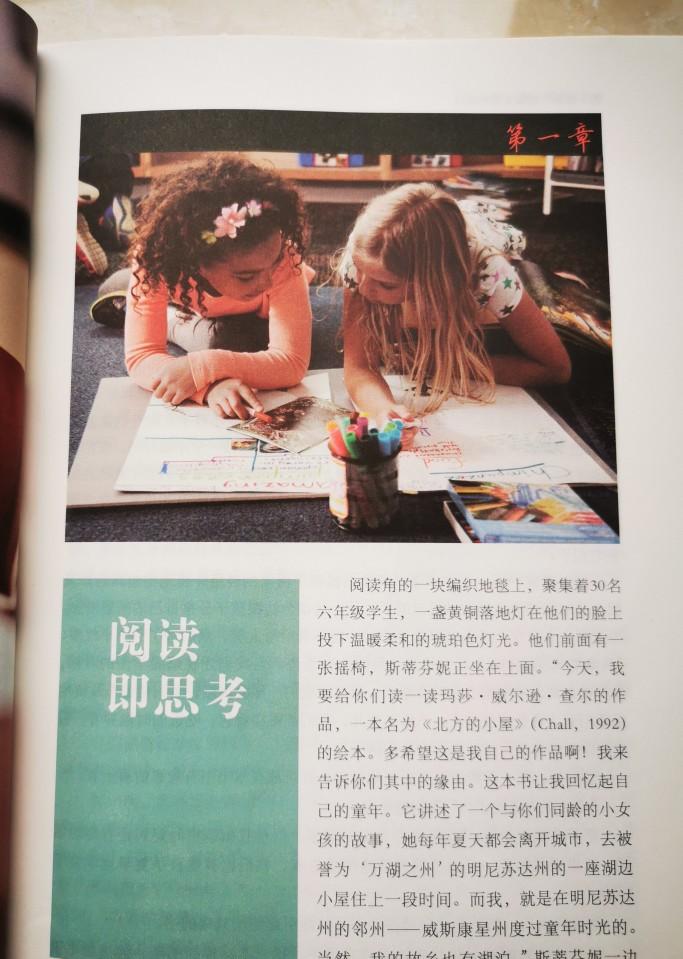I was recently reading a book called "A Good Reading Lesson." The original intention of reading this book was to refer to the cases in it and use it for my own classroom. But in the process of reading, I found that many of the views in it are also very suitable for the usual parent-child reading. Today, I will share a practical reading technique in this book: reading with children in the form of sharing.

When we read with our children, we first have to think clearly about what our goals are. Is it to allow him to repeat the storyline? Or understand the meaning of the sentence? Is it to make him aware of the unfamiliar words in it? Or can you read the corresponding passage aloud? With every reading, we always have the goal we hope to achieve.
I set this goal as: shared reading - when reading aloud, use the content of the book as a medium, connect each other's daily experiences, and share each other's likes, thoughts, and thoughts with children. I look forward to my children sharing their lives and opinions with me about the content of the book.
To achieve this goal, our parent-child reading must transform the reader into an author. When guiding children to read, we must combine our inner thoughts, existing knowledge, our own life experiences and book content, and then share them with our children. Because, with the help of each other's life reality, we can better understand the meaning of the text and feel the author's ideas.
For example, we read the poem "Quiet Night Thoughts" with our children. Will you share with your children: "After reading this poem, I think the moon That Li Bai saw was really bright!" He noticed even details on the ground that shone like white frost. Is that the same with the last moon you saw? Will you say to your child: "Li Bai feels very lonely when he looks at the moon alone, and you have your mother to watch the moon with you, what is the difference between our feelings and his?" "Combining personal experience with books, parent-child reading will be more interesting, and the content of reading will be more concrete and lifelike."
Read is share. When we read with children, we must fully mobilize our own creativity, imagine the scenes depicted in the text, integrate ourselves with the mood created by the book, and try to explain and expand with our own life experience. You will find that the scenes written by the author are closely related to your life. Every scene and every emotion in the article can stimulate your associations and resonance. With the help of his words, you share what is actually your own life. This kind of shared reading is a very ideal interpretation of the text, which can read the text and understand the meaning through mutual sharing.
Reading requires thinking and strategy. We must consciously use books to activate the background knowledge and life scenarios that we know in our hearts, and to create experiences that can be shared. We must be good at combining the scenes, things, and events in the book, asking questions related to the reality of children's lives, and guiding them to answer or share. We must know how to screen important information for our own use, and guide children to feel the text and understand the text from multiple angles. This kind of reading and sharing is real and deeply rooted in people's hearts.